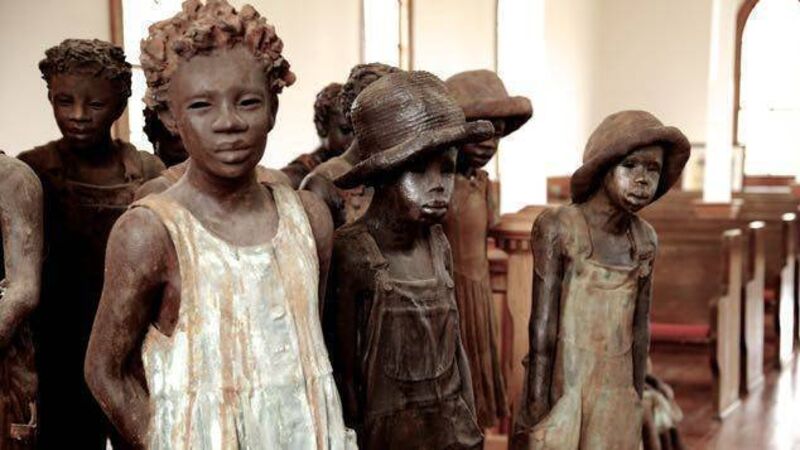Maeve Higgins: A rare reminder of an enormous and horrific part of America’s past

The Whitney Plantation Museum: The grounds of this historical sugar, rice, and indigo plantation make up a museum of slavery and pay tribute to the Black people who were held in bondage there for more than 100 years. Picture: whitneyplantation.org
Do you remember being seven? I do; at least I have brief flickers of memory from that time. I remember being too small to see over the front of the pew in church, and I know the heaviest thing I was required to lift was a book.
I loved reading and my parents and teachers encouraged me to read as widely as possible. I think back on my seven-year-old self’s experience as a secure and healthy child with access to healthcare and education, then I learn about how life was for other less fortunate seven-year-olds and it makes me feel some combination of fury and sadness.












